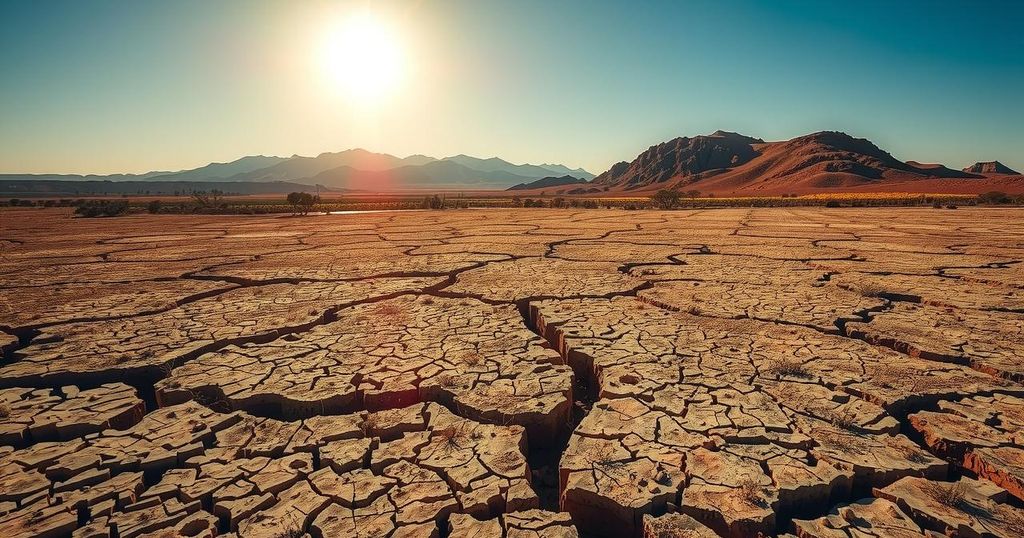Rising CO2 Levels Threaten Crop Nutrition and Global Food Security
Research indicates that rising CO2 levels primarily due to climate change adversely affect crop nutrition by reducing nitrogen and essential mineral content in staple crops. This decrease threatens global food security, especially for vulnerable communities. Experts advocate for nature-based solutions and further research to understand these changes in plant biology and their broader implications.
The increasing levels of carbon dioxide (CO2) in the atmosphere, primarily due to climate change, pose a significant threat to global crop nutrition and food security. New research published in Engineering indicates that although higher CO2 levels can enhance photosynthesis and growth rates in staple crops such as rice, corn, and wheat, they simultaneously reduce nitrogen content in these plants. This decline results in lower protein and amino acid availability, greatly impacting nutritional quality.
The report highlights a concerning decrease in nitrogen content in various crops. Specifically, it notes that some crop and woody vegetation species have experienced a reduction in nitrogen by 14% and 21%, respectively, as a direct consequence of elevated atmospheric CO2 levels, regardless of nitrogen fertilization. Additionally, essential mineral nutrients in crops have also diminished significantly under high CO2 conditions, with reductions in phosphorous by 1% in rice and 7.1% in maize, and similar declines for other minerals like iron, zinc, and copper.
Professor Felix Dakora, the lead researcher from the Chinese Academy of Agricultural Sciences, warns about the serious ramifications of these findings, especially for vulnerable populations. He cautions that the reductions in protein and mineral content may lead to an increase in malnutrition and micronutrient deficiencies, particularly in less affluent rural communities worldwide. For regions like Africa, where soil nutrient deficiency is already prevalent, this could result in a doubling of protein-calorie malnutrition.
Beyond human health, the ramifications of diminished nutrient content extend to the entire food chain. Dakora emphasizes that low mineral concentrations in pastures impact livestock nutrition, ultimately producing meat, milk, and eggs that are also nutrient-deficient. He further notes that if cereals and legumes are nutritionally poor, this can contribute to rising rates of health issues such as diabetes and malnutrition.
To address these challenges, Dakora and his team advocate for implementing “nature-based solutions,” such as the Great Green Wall of Africa, which aims to restore extensive degraded lands. However, there is a call for additional research to better comprehend the underlying mechanisms affecting plant biology under rising CO2 levels. Dakora insists on the need for comprehensive studies on how climate change influences crop species’ fundamental biology.
Dr. Lewis Ziska, an expert from Columbia University, remarks that the implications of rising CO2 concentrations on plant chemistry are not fully understood. He brings attention to the potential effects on plant-based medicines, the global food chain, and the nutritional values of crops consumed by species, like pandas. Ziska underscores the universal reliance on plants, stressing the urgency of addressing these changes and their unknown consequences for life on Earth.
In conclusion, rising atmospheric levels of carbon dioxide present profound risks to crop nutrition and global food security. The findings indicate significant decreases in vital nutrients, which could exacerbate malnutrition, particularly among vulnerable populations. The implications extend beyond human nutrition, affecting livestock and overall food chain quality. Urgent attention to research and practical solutions is necessary to mitigate these challenges and enhance agricultural resilience in the face of climate change.
Original Source: cosmosmagazine.com




Post Comment